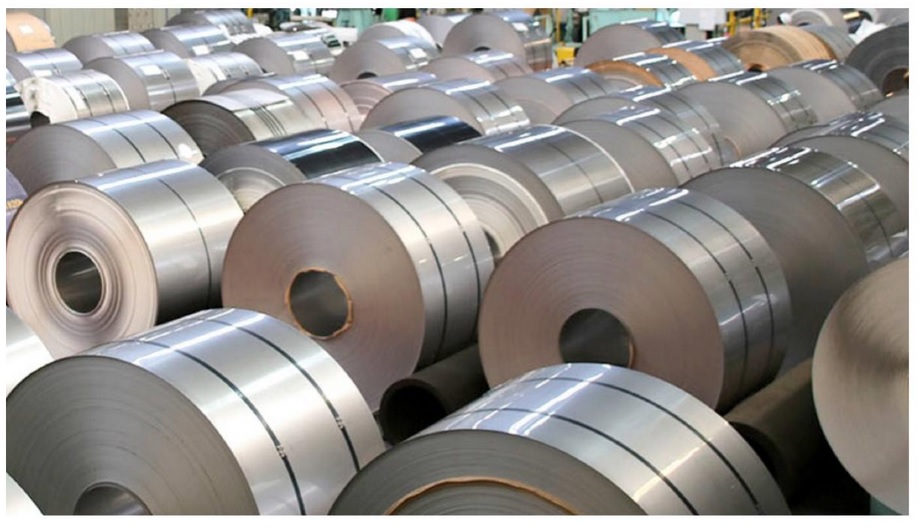The United Nations Environment Assembly met in spring, 2019, in Nairobi, Kenya, at its 4th session (UNEA-4) on the topic of solving problems and steel production.
At this meeting, everyone had the opportunity to talk about initiatives undertaken by the steel industry in order to optimize the efficiency of resources and ensure safe production.
In one of the positional documents, the economic and environmental advantages of using the minimum amount of resources were explained as well as what their full use might lead to.
In 2017, more than 95 percent of all steel industry raw materials were processed into useful materials. Some raw materials were processed into galvanized steel sheets products and the rest – into related products. By related products are meant slag which is used for cement production, process gases that are used for heating, and the like. By the way, these process gases can now be converted into fuel for aircraft or other vehicles.
One of the presentations was devoted to the possibility of achieving maximum efficiency in the use of resources thanks to the steel industry, in particular, the ability to use related products to the full. This was followed by a constructive discussion of this topic.
The HYBRIT project has become a great example of how to approach the process creatively. This is expected to lead to incredible success in the steel industry. Carbon emissions should be reduced as much as possible. The whole world is studying several other projects to reduce carbon emissions from steelmaking.
However, the steel industry also contributes to the process by applying many creative initiatives. For example, it is planned to develop a mobile canning system. This is necessary to deal with food surpluses. A mobile plant will allow farmers to preserve products after they are harvested. In the
future, this will help reduce food losses and will also enable farmers to earn more money by producing canned goods.
There is another example of power generation technology. It is based on technology built on the durability of steel for changing pedestrian travel patterns. People just need to walk, and every step they take will be converted into energy.
We all know that the world is concerned about the environmental impact of plastic waste. Most attention is paid to the effects of bottled water on our health. Stainless steel can offer a healthy alternative to bottles from plastic. Plus, there is the possibility of using reusable stainless steel cups at various festivals. This is done in order to reduce the carbon footprint of the event.
Steel products are always necessary for many areas: shipbuilding, plumbing, construction industry, and mechanical engineering. Therefore, it is quite reasonable to engage in the processing of products and parts that have already worked out their resources. The use of recycled materials is not only economically profitable but also has a positive effect on the environment. Heavy metals and other harmful compounds are not released into the environment.
And of course, the role of the steel industry in the transition to renewable energy must be raised. It simply can’t exist without steel.








Add Comment